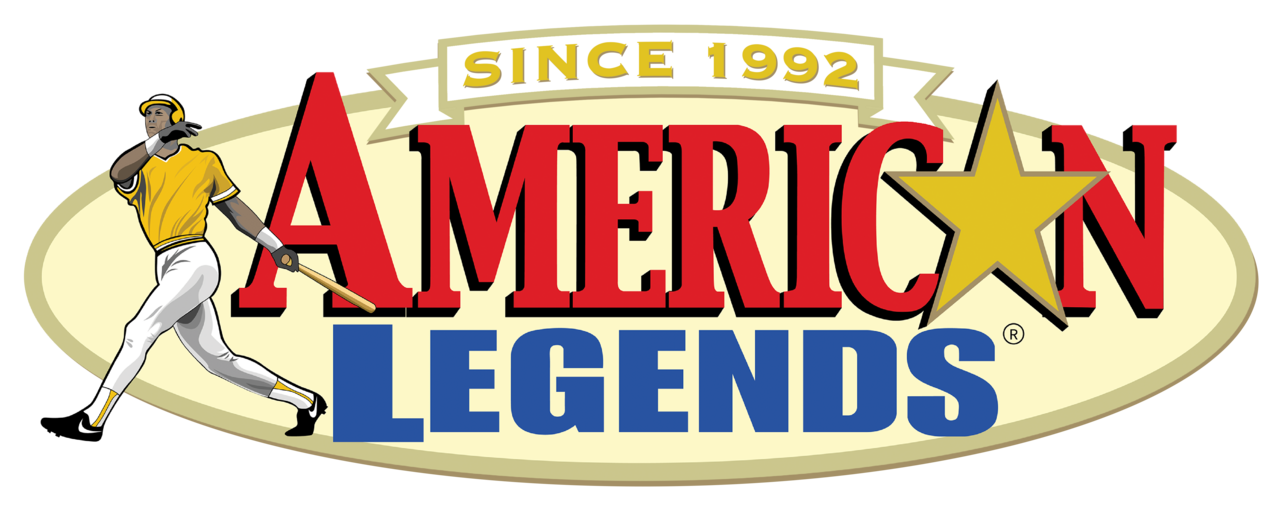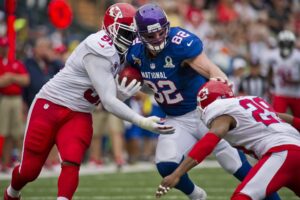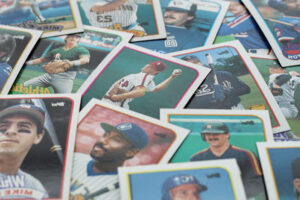Kickstarting the 1960s with a major shift, each baseball league hesitantly grew from eight teams to ten early on, but by 1969, they embraced further expansion, reaching twelve teams. The growth surge set the stage for even more competition. It undoubtedly fueled legendary 1960s baseball matchups and stories that continue to captivate fans today.
As such, the 1960s were a golden age for baseball. The era was full of iconic players, unforgettable baseball moments, and had a cultural impact. It saw the sport reach new heights.
Let’s take a nostalgic journey through the swinging sixties of baseball. We’ll explore the stories of the superstars and dramatic games that thrilled fans. Read on for more details.
Swinging Sixties Superstars
The 1960s saw the rise of legendary sluggers. One example is Willie Mays, known for his acrobatic catches and huge home runs. Hank Aaron chased and then beat Babe Ruth’s home run record.
Harmon Killebrew launched towering blasts that earned him the nickname “Killer.” Iconic pitchers dominated on the mound. Sandy Koufax’s devastating curveball helped him win three Cy Young Awards.
Don Drysdale was another fearsome pitcher. His strong fastball made him well known. He won three World Series in a row with the Los Angeles Dodgers.
Juan Marichal had an unorthodox pitching style. He was the first Dominican pitcher to win 200 games. But the offense didn’t overshadow the defense.
Players like Brooks Robinson redefined third base. They did it with their amazing range and acrobatic plays. At shortstop, Ozzie Smith was the “Wizard of Oz” with dazzling defense and a smooth style that would inspire generations of young players.
Legendary Matchups: Heart-Stopping Battles
Bill Mazeroski’s walk-off home run in the legendary 1960 World Series was the most famous play of the decade. It was in the bottom of the ninth inning of Game 7. The score was tied between the teams.
Pittsburgh Pirates second baseman Bill Mazeroski hit a walk-off home run. He hit it against the heavily favored New York Yankees. It shocked baseball and secured a dramatic World Series win for the Pirates.
Gibson vs. Lolich was a Fall Classic in the 1968 World Series that featured a thrilling pitching duel between two aces. Bob Gibson of the Cardinals and Mickey Lolich of the Detroit Tigers each threw complete-game victories. The Cardinals ultimately won the Series, but the pitching performances in this matchup remain legendary.
The 1962 World Series showcased the incredible pitching talent of the Los Angeles Dodgers. Sandy Koufax and Don Drysdale each tossed three shutouts, completely shutting down the New York Yankees. They demonstrated the power of a dominant pitching staff to secure a World Series victory.
Breaking Barriers: Baseball and Social Change
Jackie Robinson broke the color/race barrier in Major League Baseball in 1947. His influence continued in the 1960s. He paved the way for more African American players.
These players include legends like Willie Mays, Hank Aaron, and Ernie Banks. They dominated the decade and became role models for aspiring athletes. Major League Baseball expanded in the 1960s to open doors for more Latino players.
Juan Marichal was a Dominican pitcher. He became a superstar with the San Francisco Giants, inspiring future Latino players. New teams and players from diverse backgrounds helped make baseball more inclusive.
Some baseball players also spoke out on social issues of the time. For example, Curt Flood, a star outfielder, challenged baseball’s reserve clause, which restricted player movement. Though he lost his case, Flood’s fight helped pave the way for future free agency and greater player rights.
The Rise of Baseball Broadcasting: Bringing the Game Home
Unlike baseball in the 50s, the 60s saw a revolution in how fans experienced baseball with the rise of TV. Before this, radio broadcasts and attending baseball games were the only ways to follow the sport. Television changed everything.
National broadcasts on networks like NBC and ABC brought Major League Baseball to more viewers. People across the country could see the skills of iconic players like Willie Mays and Mickey Mantle. This national exposure helped turn baseball into a national pastime.
Television broadcasts weren’t just about showing the game in real time. Broadcasters like Vin Scully and Jack Buck wove baseball stories around the action, highlighting players’ personalities and clutch moments. This storytelling aspect added another layer of engagement for viewers.
The Cultural Impact of Baseball: A Reflection of the Times
Baseball in the 1960s went beyond just a sport. It served as a reflection of the cultural shifts happening in America. Here’s how:
- Fashion: Teams like the Los Angeles Dodgers incorporated bright colors and bold designs into their uniforms, reflecting the growing youth movement
- Music: Songs like “Take Me Out to the Ball Game” became cultural staples
- Movies: Movies like “The Natural” and “Bull Durham” captured the romance and drama of the sport
By mirroring the social and cultural changes of the 1960s, baseball stayed relevant. It also became a forum for expressing those changes. The sport’s connection to its culture makes the 1960s a fascinating era in the history of baseball.
A Legacy That Endures: Shaping Baseball’s Future
The 1960s left a lasting impact on the game of baseball. There were more teams, more competition, and more opportunities for players. The spirit of growth continues to influence the league structure today.
Sabermetrics, the statistical analysis of baseball, gained traction in the 1960s. It wasn’t as sophisticated as today’s analytics. However, this trend laid the groundwork for today’s data-driven approach to baseball.
The rise of television broadcasting in the 1960s showed the value of marketing and entertainment in baseball. It paved the way for the modern fan experience and card collection. Teams focused on in-game entertainment, merchandise sales, and overall spectacle to attract fans.
Sell Your 1960s Collection: Share Legendary 1960s Baseball Matchups and Stories With True Fans
The legendary 1960s baseball matchups and stories continue to inspire fans today, and they signify the rise of iconic superstars and the game’s evolution. Overall, this era left a lasting mark on the baseball game, shaping the sport we know and love.
Thinking of letting go of your piece of baseball history? As former collectors with a reputation for fairness and integrity since 1992, American Legends understands the value of your collection. Tell us about your collection and see if it’s a match for our buying list.


